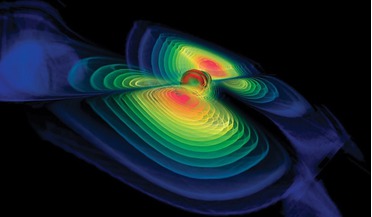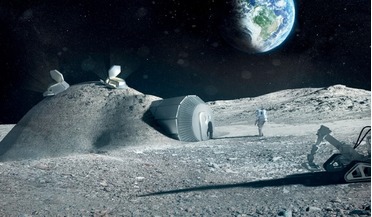 March 2016
Gravitational waves provide new window on the universe
March 2016
Gravitational waves provide new window on the universe
... embedding diagram Black holes are formed when a massive star explodes in a cataclysmic explosion called a core-collapse supernova. The remnants of these types of dead star will form a black hole of a lower mass: between a few to a hundred...
 July 2016
Plasma Crystals - from space research to medicine on Earth and back to space again
July 2016
Plasma Crystals - from space research to medicine on Earth and back to space again
... of plasma, both naturally occurring in space and man-made. In space we have the stars (giant plasma balls), supernovae (exploding plasma clouds), star formation regions (cold partially ionised plasmas), the interstellar medium (very tenuous...
 September 2016
URBOCOP: saving planet Earth
September 2016
URBOCOP: saving planet Earth
... from the effects of human activities and solar radiation on the Earth’s atmosphere. Cosmic rays from novas, supernovas and even pulsars. A potential danger of Earth being infected by microorganisms from inside meteors and other small...
 April 2017
Surviving radiation for space colonisation
April 2017
Surviving radiation for space colonisation
... away as they are accelerated, and they have a charge. The last level of particulate radiation to consider is created in supernovae and other energetic cosmic events that produce fast moving particles much heavier than hydrogen or helium...
 January 2018
Shielding the human genome
January 2018
Shielding the human genome
... are ineffective at stopping some forms of space radiation, especially radiation emanating from deep space sources like supernovas (these being some of the greatest threats to the health of our astronauts.) Radiation equation Unfortunately for our...
 April 2019
Scanning the skies for exoplanets
April 2019
Scanning the skies for exoplanets
... mission’s sensitive cameras have, for example, already captured 100 short-lived changes; six of these were supernovas picked up by TESS before ground-based telescopes had a chance to detect the ultra-luminous outpourings of light typical...